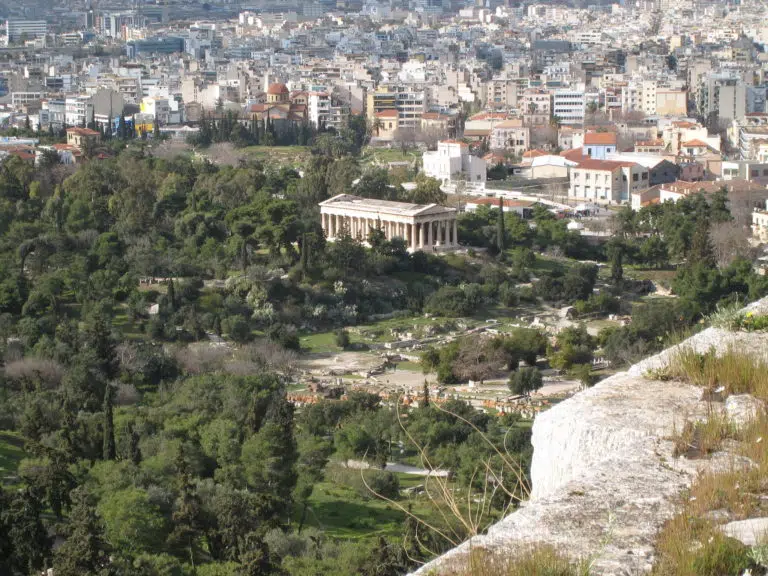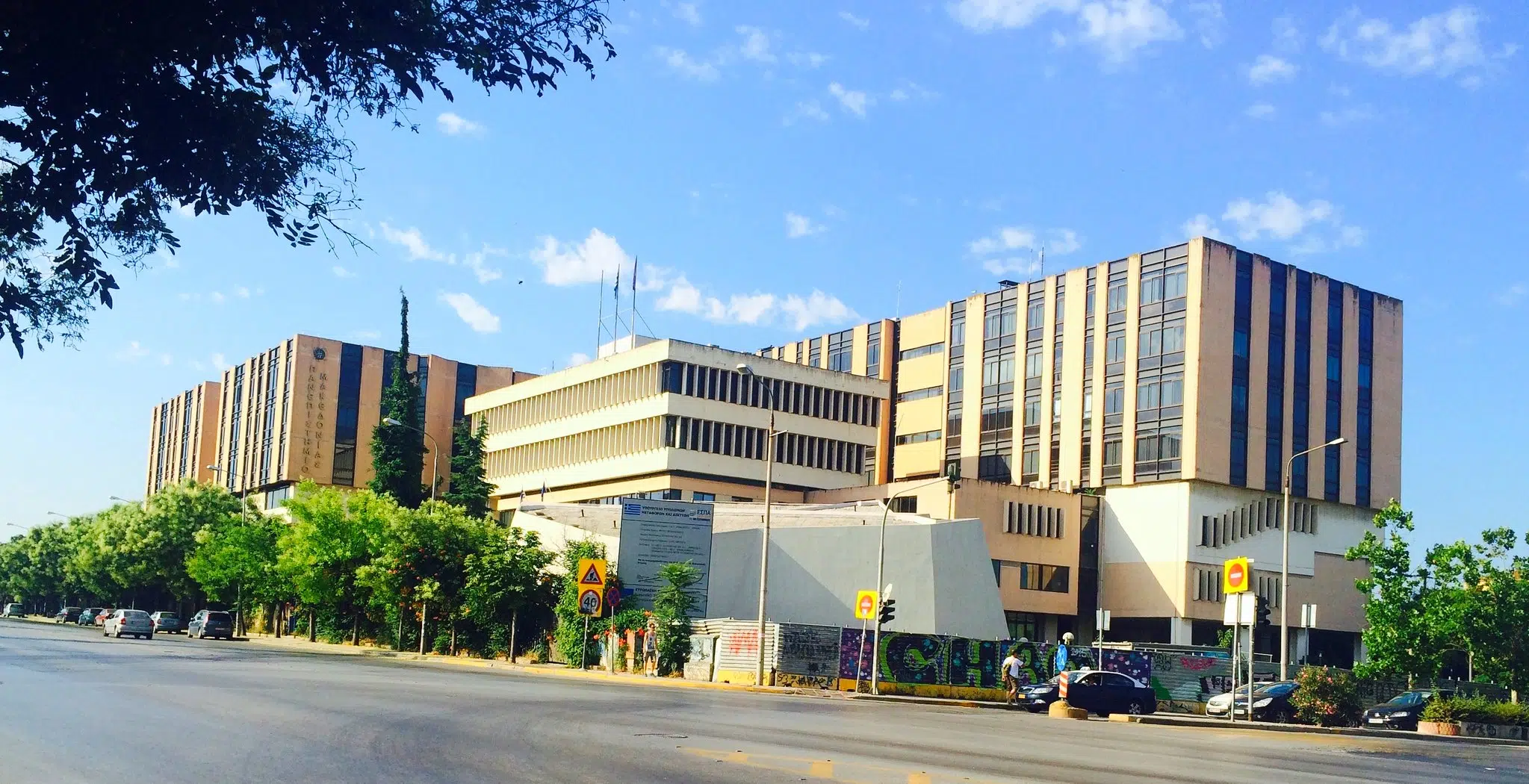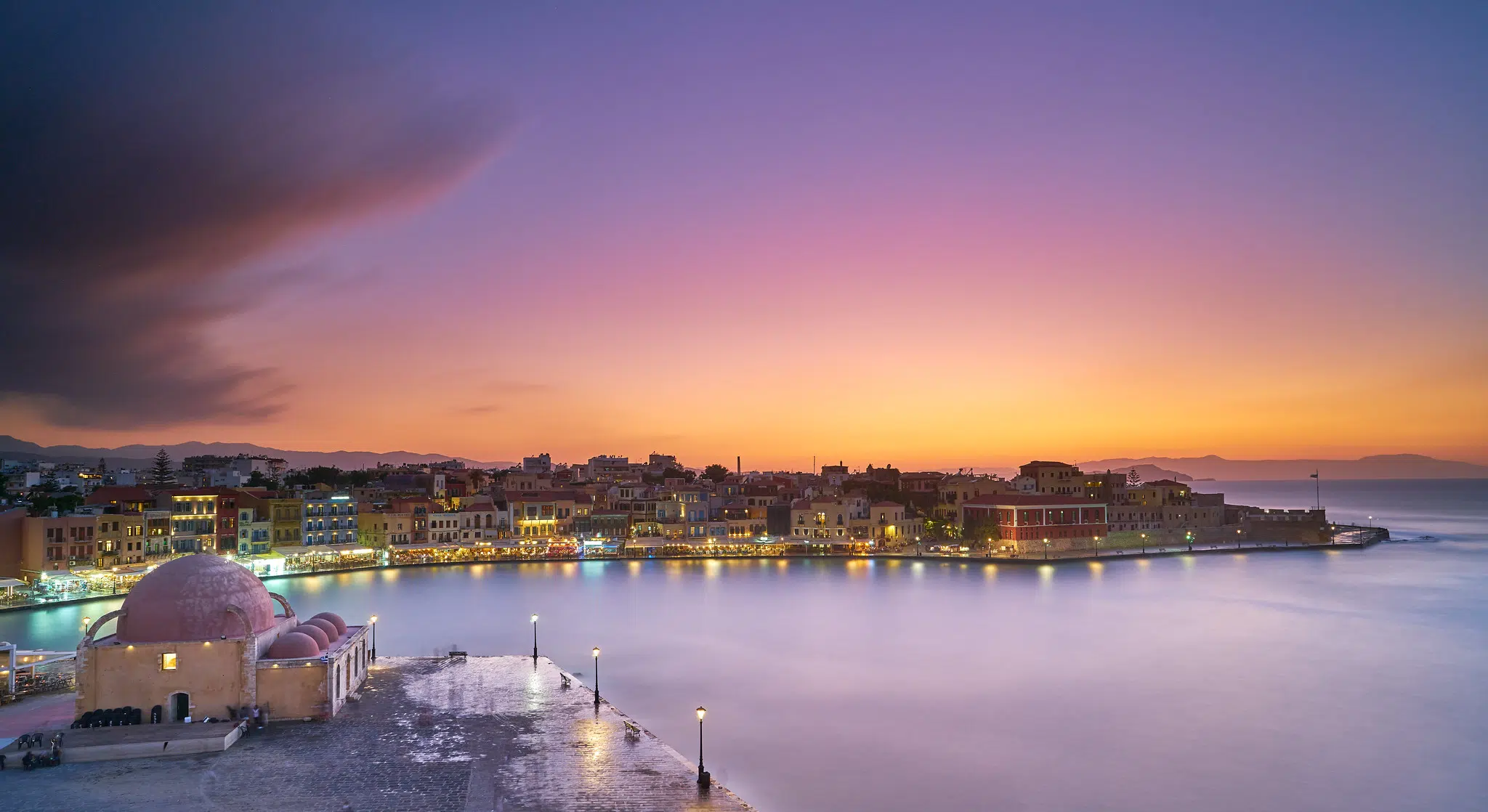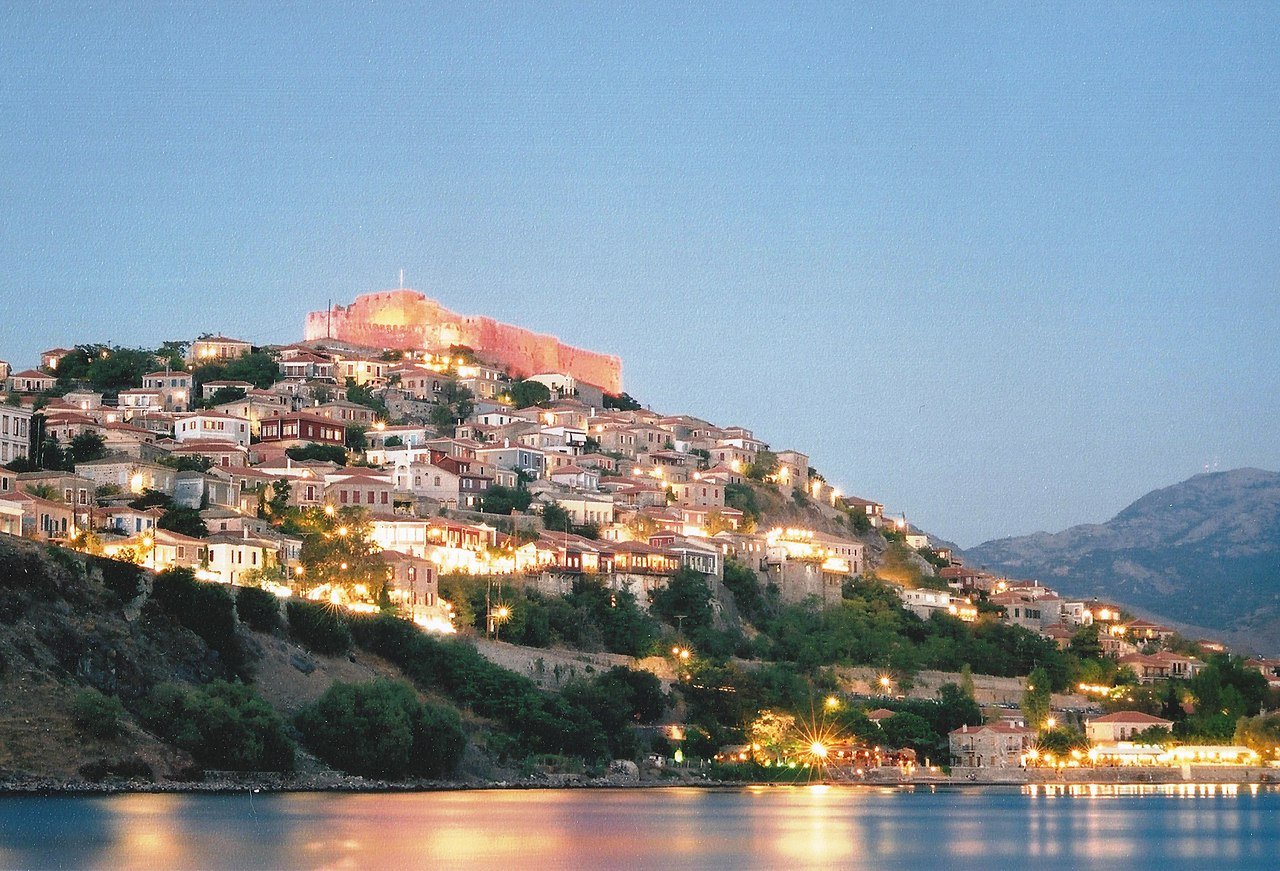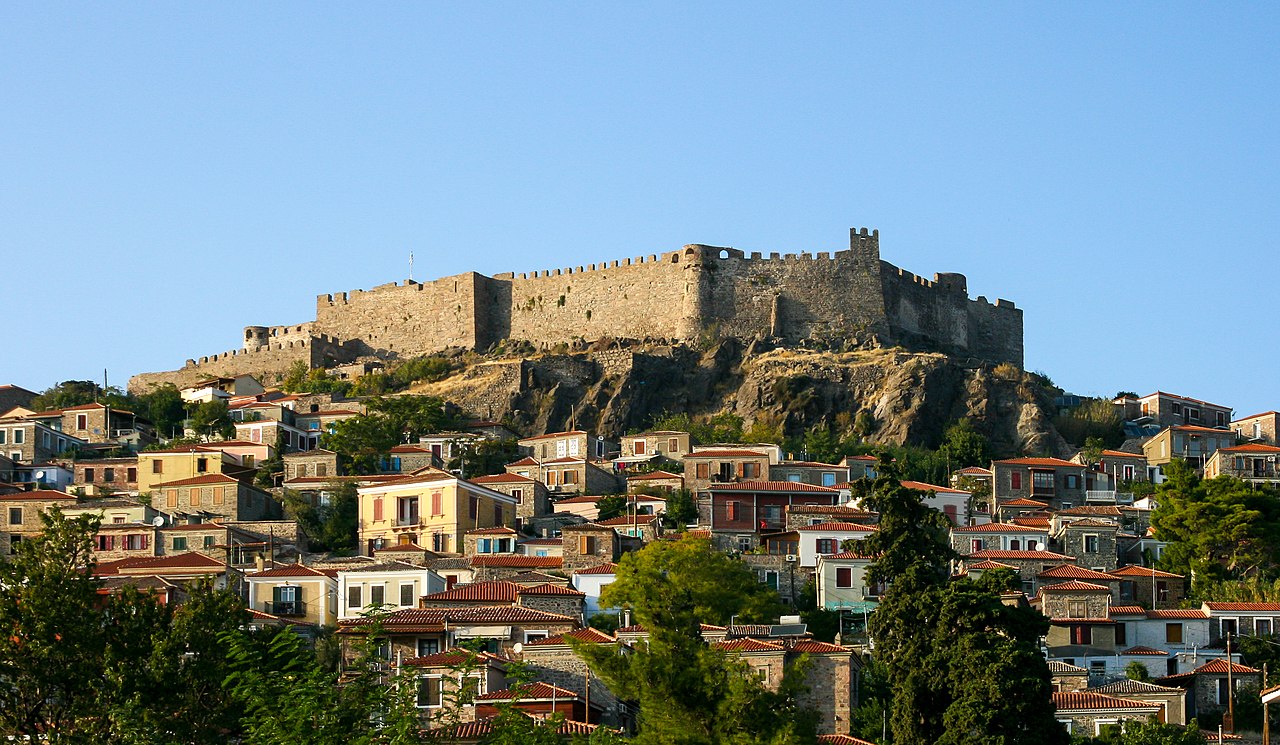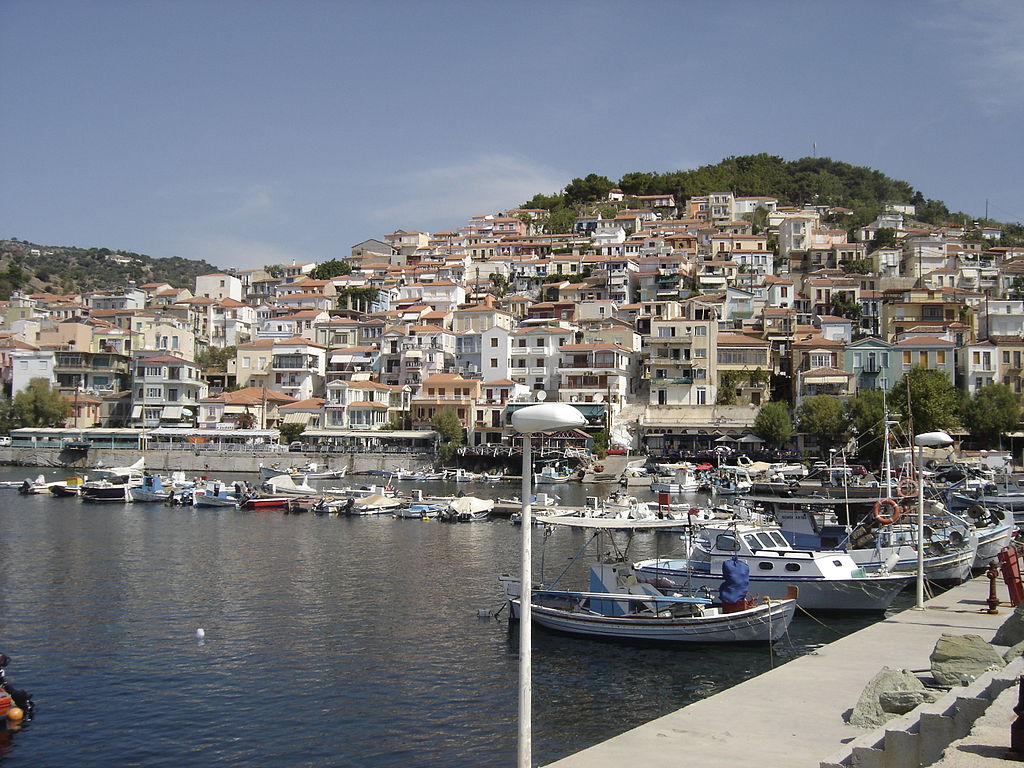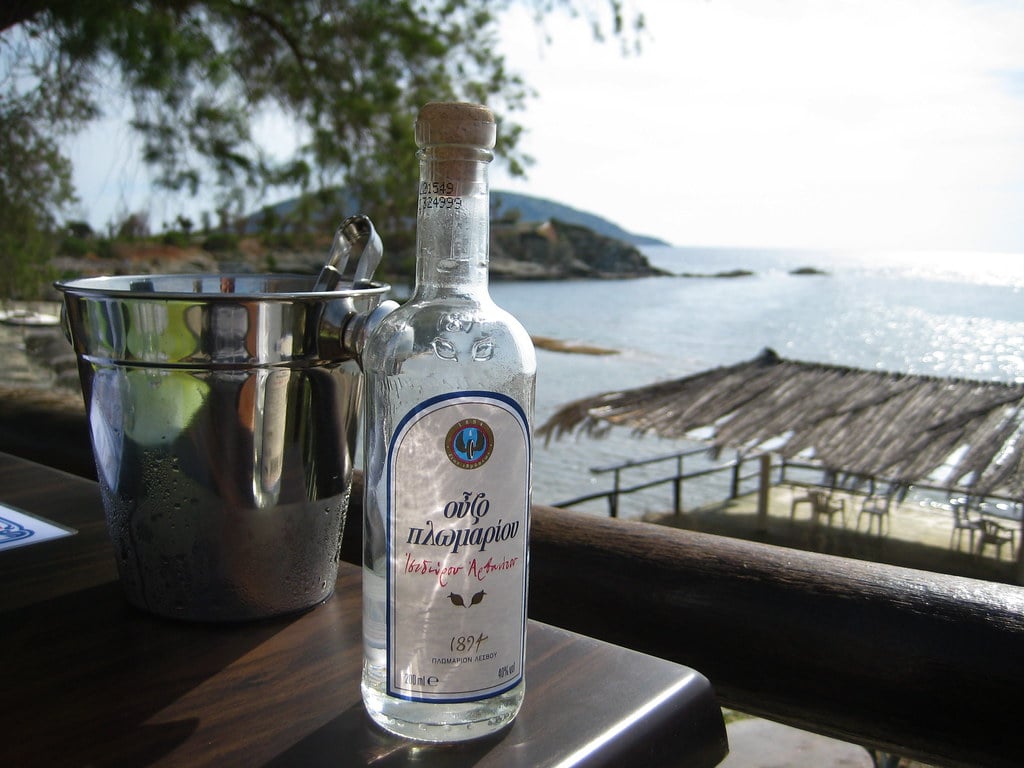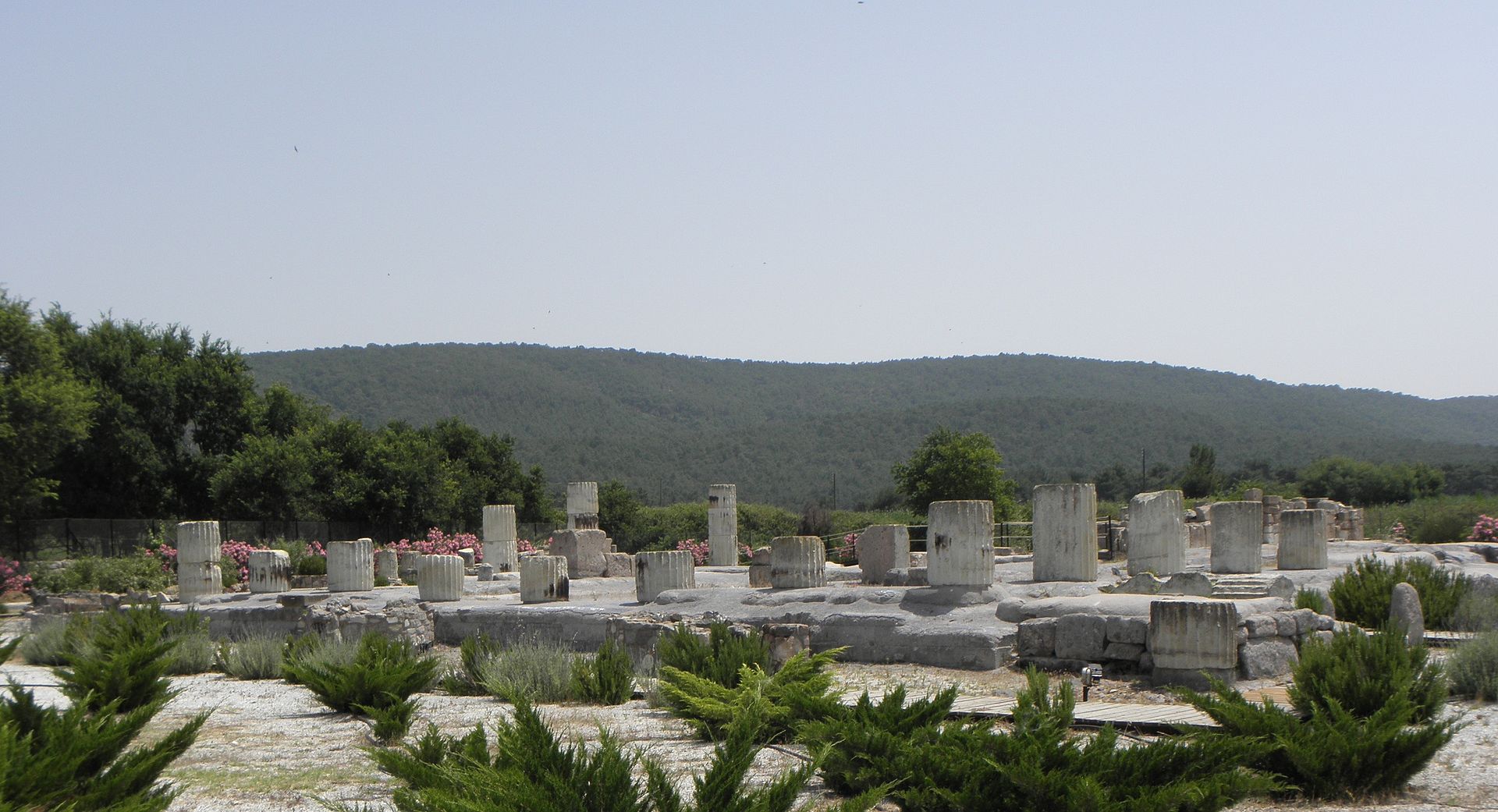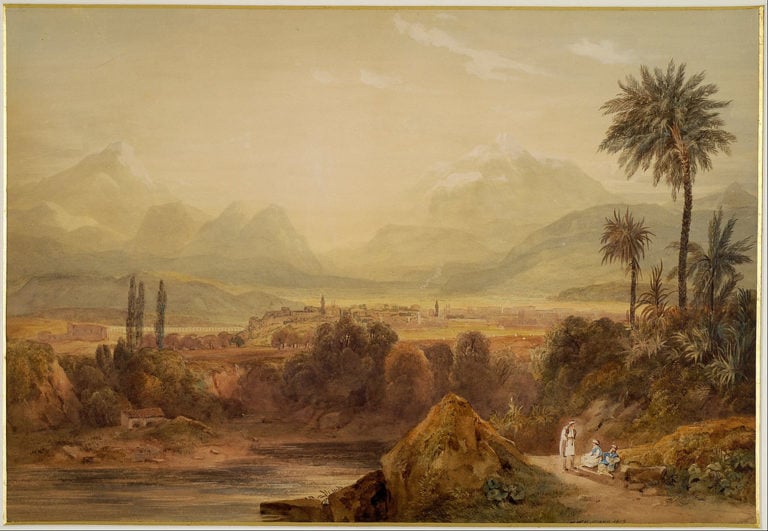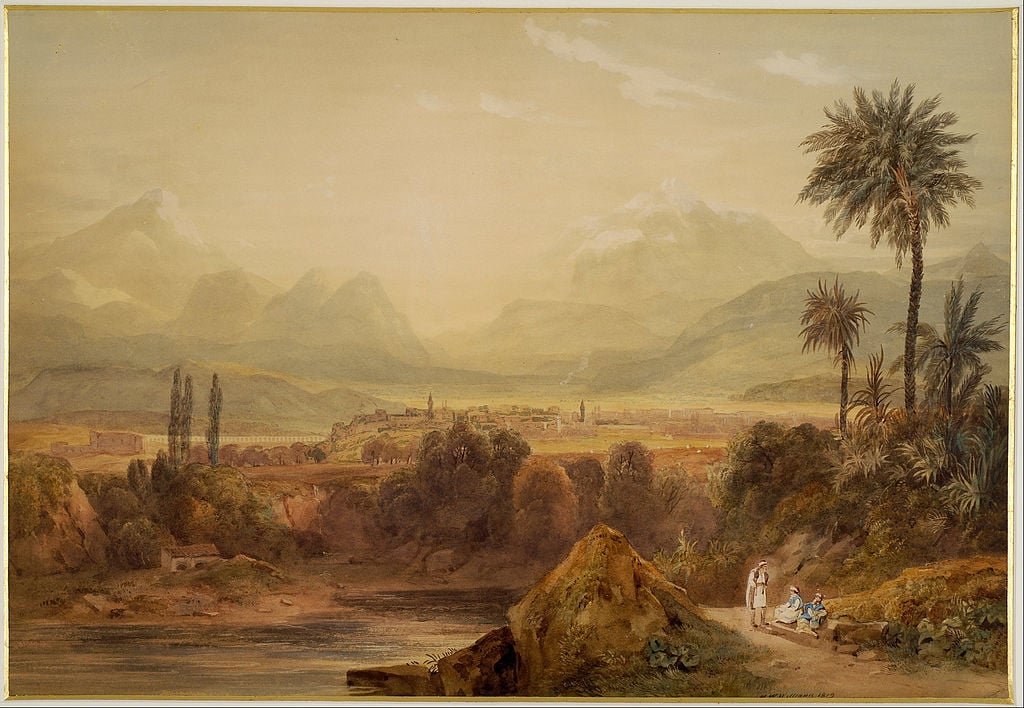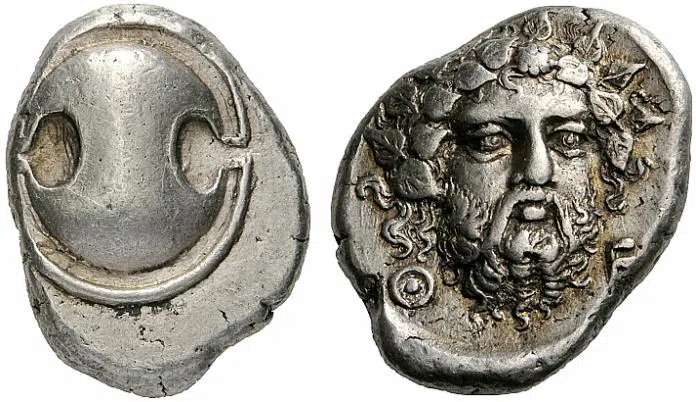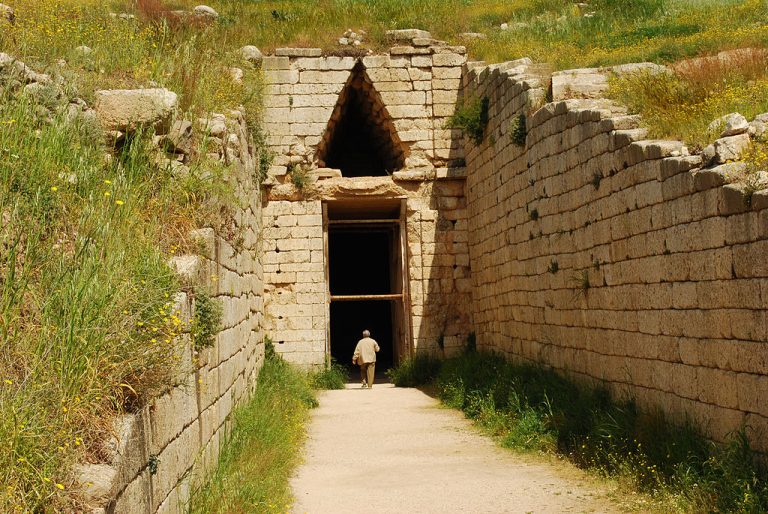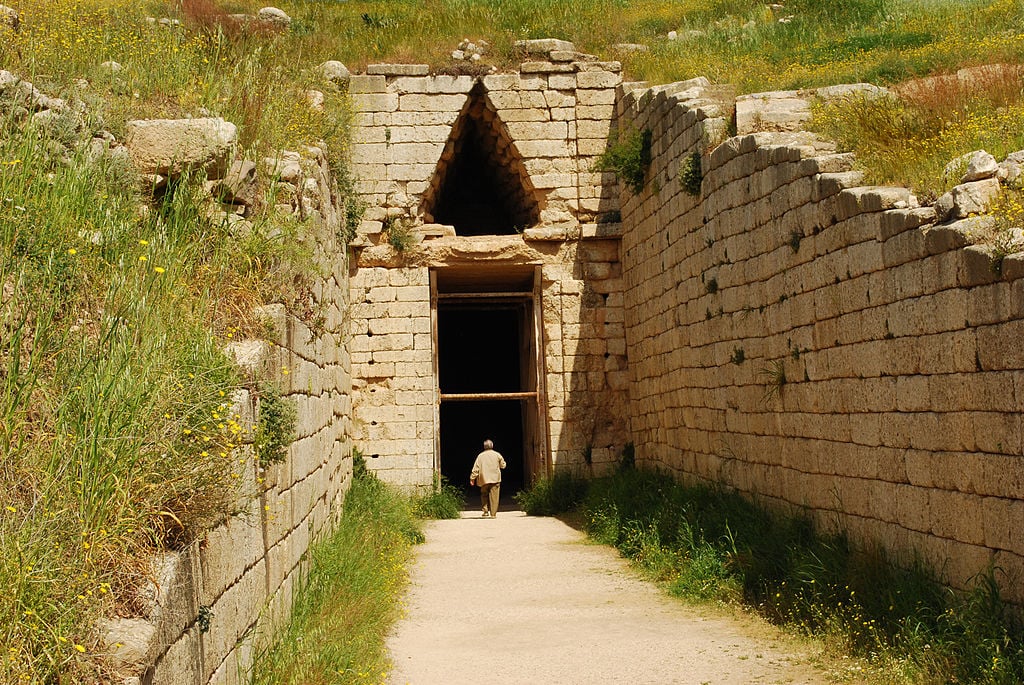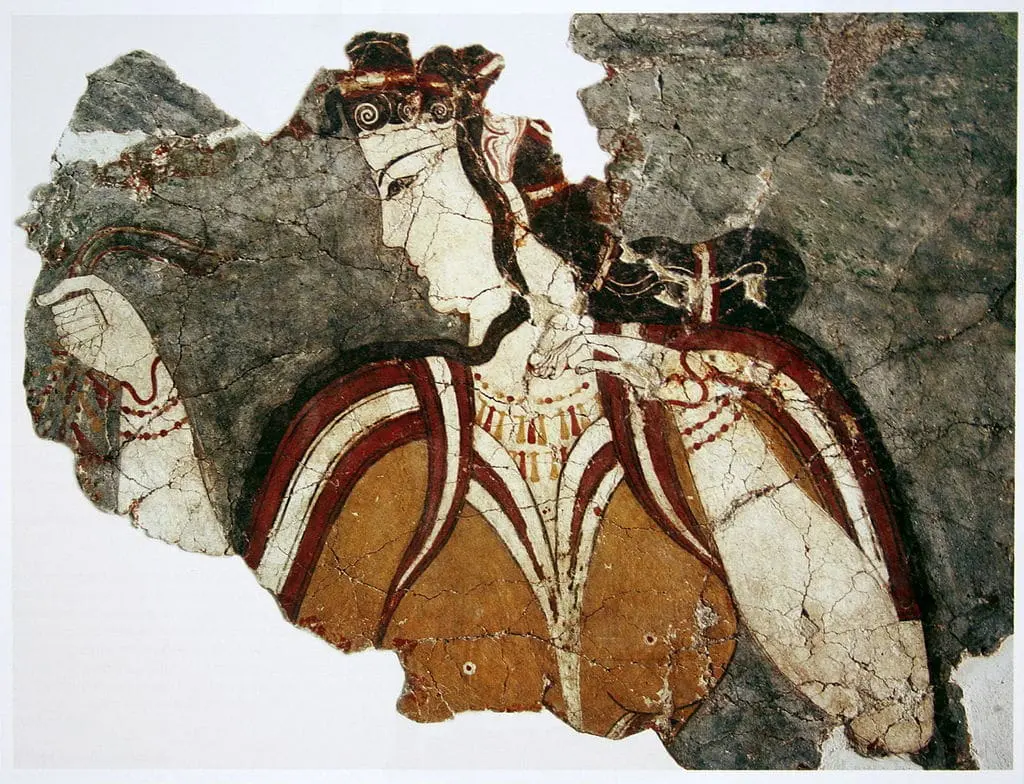
In the rapidly changing and evolving world of artificial intelligence (AI), a new contender has emerged recently to challenge the dominance of OpenAI’s ChatGPT 4. The overall reviews of the AI community so far show that OpenAI is not as dominant as we thought it would be.
With the release of Claude 3 less than a month ago, AI research company Anthropic made a profoundly bold statement. They may have just created the ChatGPT killer we’ve been waiting for.
As these two groundbreaking AI models push the boundaries of what’s possible in this fascinating world of endless possibilities and promising prospects, it’s time to take a closer look at how Claude 3 stacks up against the reigning champ we all know and that millions of people use to save time and effort in everyday tasks.
Comparing ChatGPT 4 and Claude 3: An overview
Claude 3 is the latest offering from Anthropic. Anthropic might not be very well known to the wider public, but it is a well-established AI research company that has been known for its focus on AI safety and ethics. One might ask: What sets Claude 3 apart? The first thing that comes to mind is its family of three distinct models: Haiku, Sonnet, and Opus. Each model is designed to cater to as well as deliver results to people with specific capabilities and needs—from speed and cost-efficiency to unmatched analytical capabilities that can blow your mind and leave you wondering what the limit of these machine learning chatbots is.
On the other hand, the well-established ChatGPT 4 has been released for over a year now. It was the much-anticipated upgrade to OpenAI’s widely popular ChatGPT 3 and 3.5 versions. This latest iteration boasted major and significant advancements over its predecessors, including improved reasoning abilities, enhanced language comprehension, and the ability to effectively process both text and images through DALL-E.
ChatGPT 4 vs Claude 3: Benchmarks and capabilities analysis
When it comes to performance—as this is measured on standardized tests conducted by experts in the field—both Claude 3 and ChatGPT 4 showcase impressive results. Claude 3 Opus, the most advanced model in the family of Claude 3, which is available with a monthly subscription, achieves a remarkable 50.4 percent accuracy on graduate-level expert reasoning tasks (GPQA), surpassing GPT-4’s 35.7 percent. In basic mathematical tests, Opus scores 95 percent, which is slightly higher than GPT-4’s 92 percent.
One key difference between these two competitive models lies in their context window sizes. Claude 3 models can now process up to a stunning 200,000 tokens, equivalent to around 150,000 words or an impressive 500 pages. This allows Claude to analyze extremely lengthy documents with remarkable ease, something that the best academic on this planet would be jealous of. In contrast, GPT-4 has a smaller context window of “only” (so to say) 32,000 tokens.
Both models, however, showcase exceptionally advanced reasoning and language comprehension skills. ChatGPT 4, however, still has an edge when it comes to multimodal capabilities, as it can process both text and images. Claude 3, while genuinely excelling in visual data interpretation, currently focuses primarily on text-based interactions.
We find that Claude 3 Opus generates arguments that don't statistically differ in persuasiveness compared to arguments written by humans.
We also find a scaling trend across model generations: newer models tended to be rated as more persuasive than previous ones. pic.twitter.com/XDn25n3o2z
— Anthropic (@AnthropicAI) April 9, 2024
How ChatGPT 4 and Claude 3 are transforming various sectors
As is expected, the potential uses and applications of Claude 3 and ChatGPT 4 are relevant to an impressively wide spectrum of industries and fields. In healthcare, for example, these particular AI models can provide useful guidance and assist in analyzing medical literature to produce informed decisions. This is a fundamentally crucial element, as it can profoundly help in clinical decision-making and even assist with disease surveillance of patients.
The financial sector can also very well use such capabilities for tasks like data analysis, risk assessment, and fraud detection. These are tasks that used to require many labor hours. If these models take over such tasks, thousands of employees will be freed to do other, more important tasks that require a human eye.
Education is another crucial area where these advanced AI models can make a significant impact with real-life effects on students and educators alike. They can provide personalized learning experiences, assist in marking and grading assignments, and offer instant feedback to students so that they can reflect on their work, freeing up thousands of hours for teachers to deal with more important aspects of their profession.
As these models continue to change, they have the potential to become integral team members across various sectors, including those mentioned above, boosting efficiency and improving results across the spectrum.
The battle for AI supremacy: Claude 3 vs ChatGPT 4
The recent release of Claude 3, along with the established position of ChatGPT 4, in the market of many countries across the world is a significant milestone in our slow but steady journey towards artificial general intelligence (AGI). As these models continue to grow and evolve, we can expect many advancements in their already impressive reasoning abilities, as well as their contextual understanding and multimodal processing. These are elements that will profoundly change many sectors of our economy in the coming years and decades.
The societal and technological implications of such advanced AI models are undoubtedly going to be profound. They have the potential to revolutionize entire industries, transform the way we work, speak, and learn, and even shape the future of scientific research and academia. These are obviously not minor changes. On the contrary, such developments can fundamentally alter our everyday routines in a similar way as did the introduction of the internet a few decades ago.
Could Claude 3 Challenge ChatGPT?
As we have already seen, Claude 3 and ChatGPT 4 are both remarkable achievements in the field of AI. However, they have not yet been fully adopted by the wider masses of our industries. Both iterations of this technological marvel are genuinely pushing the boundaries of what’s possible with language models, promising a future full of possibilities as well as fundamental and profound changes.
While Claude 3 boasts several impressive advantages over its competitors in various fields, such as its versatile family of models, superior performance on certain benchmarks, and a strong focus on AI safety and ethics, it is not quite accurate to label it a “ChatGPT 4 killer.”
ChatGPT 4 continues to maintain an edge in certain crucial aspects, such as its ability to process both text and images. Additionally, it has had significantly more time to establish itself in the market, hence its dominant position right now. To put it in simple terms, think about how many people know ChatGPT and how many have even heard of Claude. The answer is outstandingly in favor of OpenAI’s model.
Nonetheless, the rapid advancements and unique strengths we see on behalf of Anthropic’s Claude 3 allow us to say it is a formidable competitor that could potentially challenge ChatGPT 4’s dominance in the near future.
As the AI landscape continues to evolve day by day, it is very likely that we’ll see a much more dynamic and complicated relationship being established between these two models as well as others that emerge. Each of them will clearly push the others to new heights and, hopefully, they will all offer humanity a better, more promising future.
Rather than a single “killer” model, the future of AI will most likely be shaped by a much more diverse ecosystem of exceptionally advanced models, each with its own strengths and specialisms, forming a new field of multiple expertise.
Ultimately, the real winners in this AI revolution will hopefully be the users and industries that will be able to harness the groundbreaking and transformative potential of these cutting-edge technologies that are helping our societies drive innovation and solve time-consuming problems.






